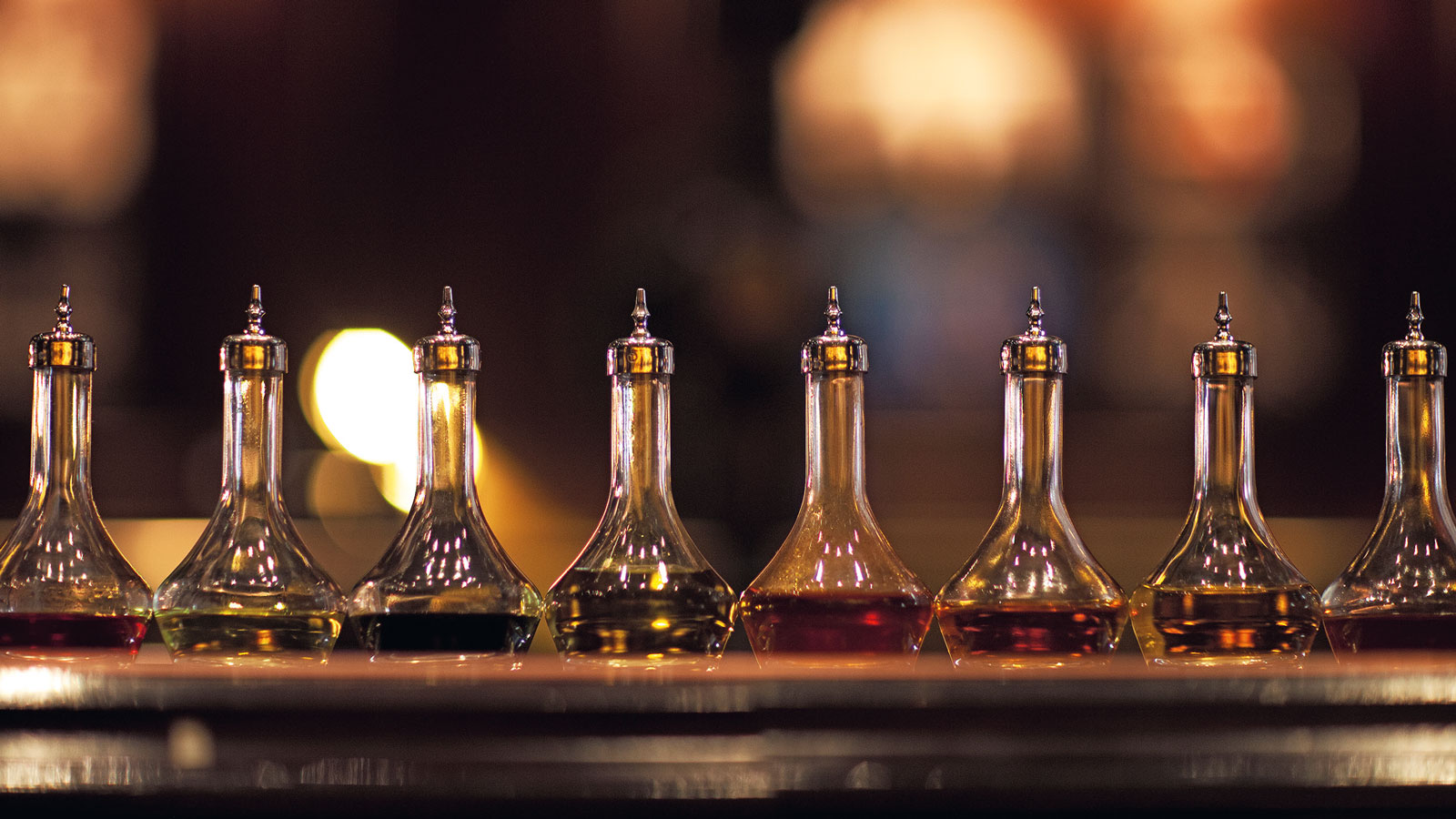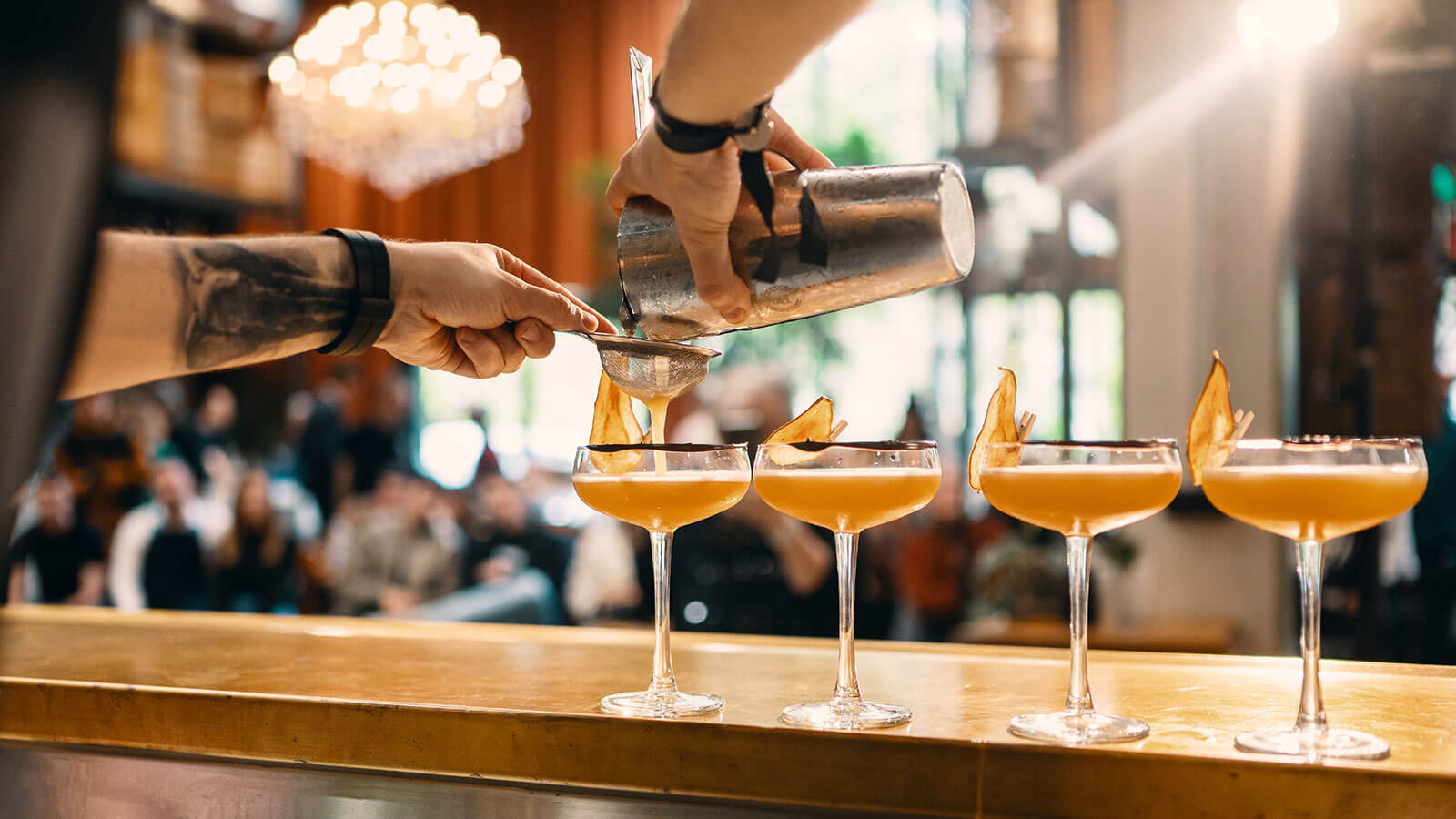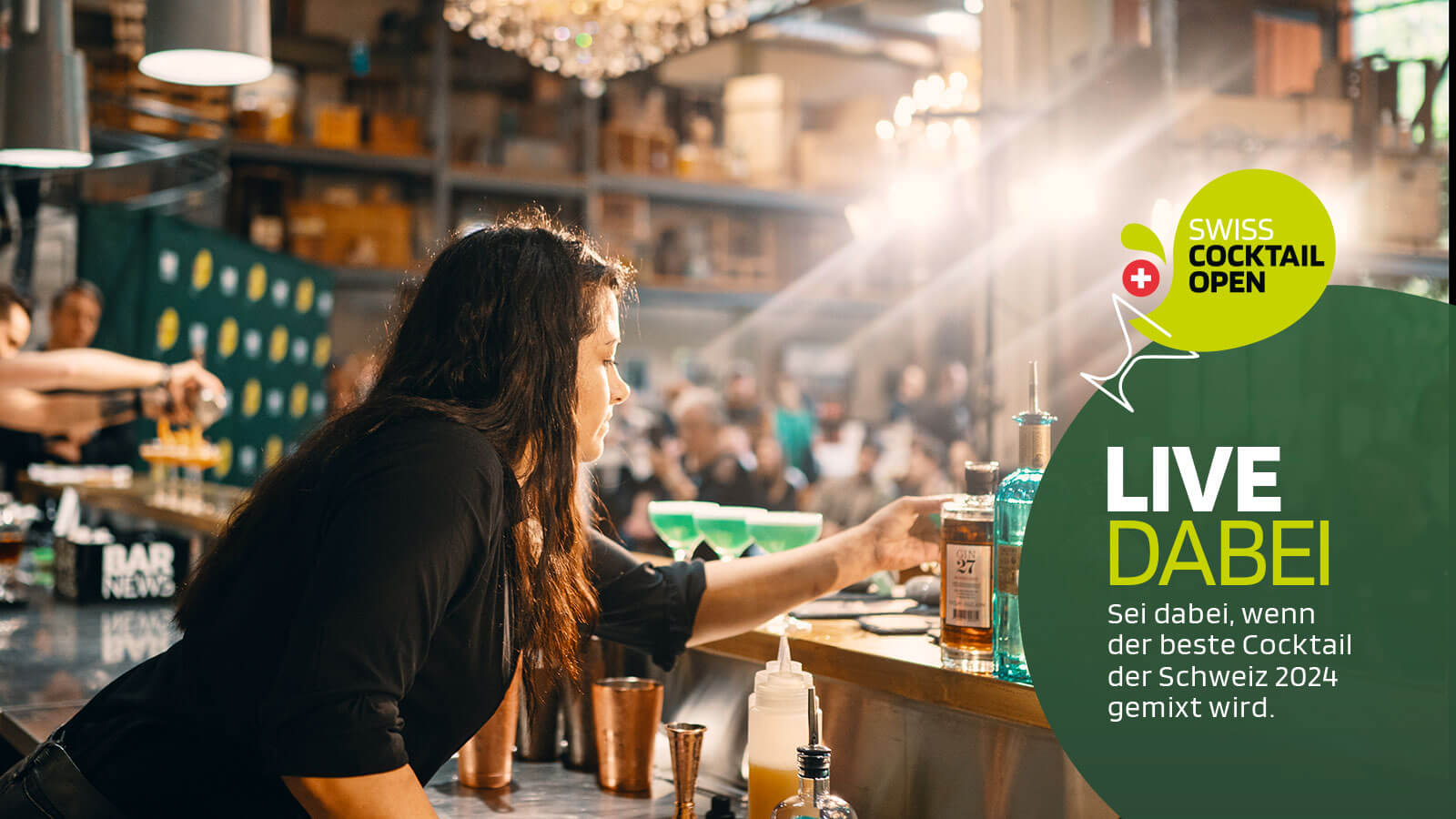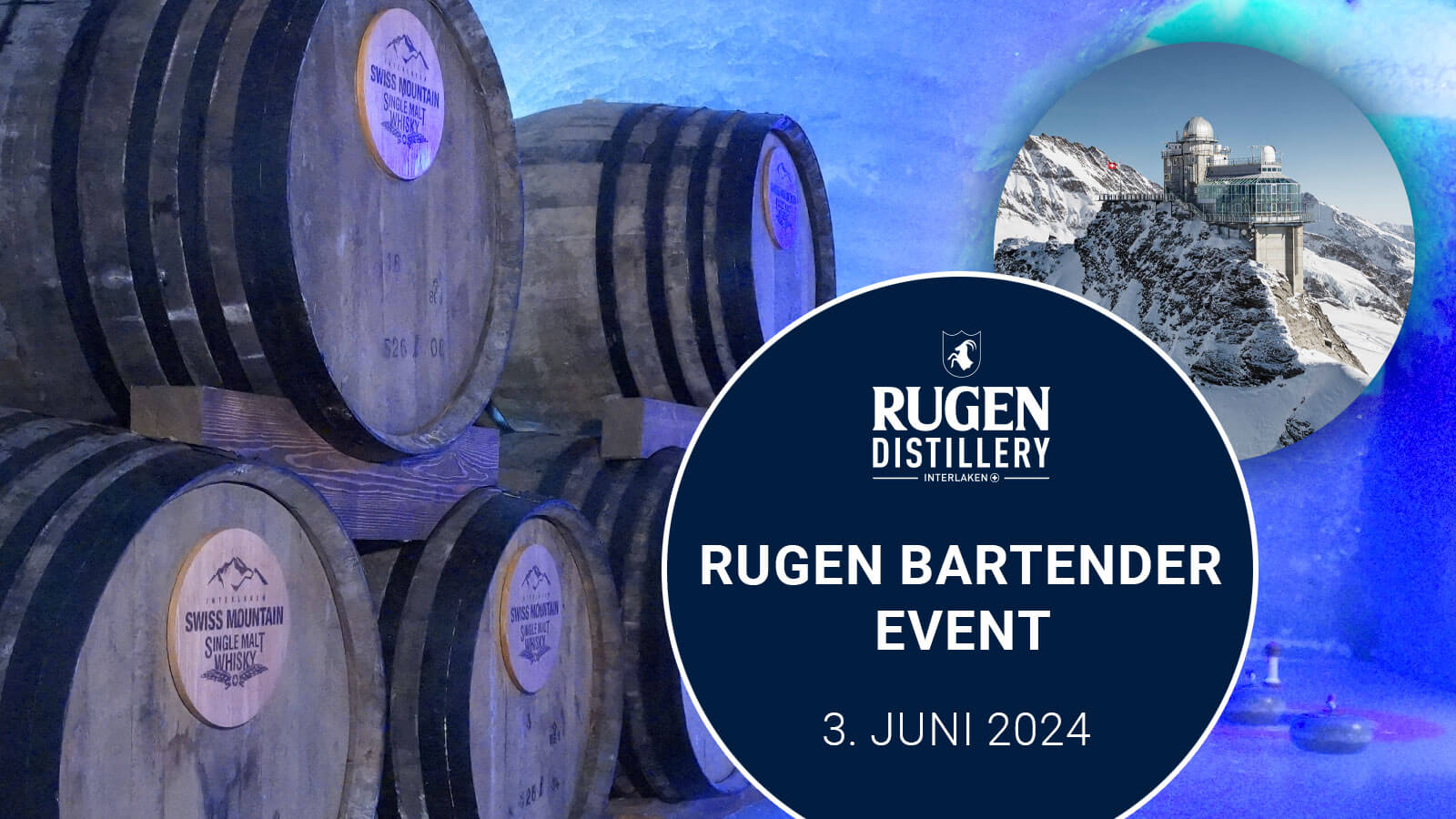Angostura. Three decades ago, this word would probably have sufficed as an answer to the question: "What actually is a cocktail bitter?" With its oversized paper dress, this mysterious ingredient is still part of the inventory in almost every bar - at least those that offer cocktails. It conjures up the original form of the mixture from a sugar cube, a jigger of whiskey and (melting) water, which we also use today for mixed drinks like the Pornstar Martini and the Hurricane (or whatever they're all called).
In 2022, the term cocktail also has to be used when various pesticides are found in the drinking water treatment plant or when the media reports on medicines or illegal drugs. But in the context of the bar, the Old Fashioned, the closest relative of the original cocktail, actually has exclusively positive connotations.
Written sources for Bitters date back to the 16th century
A term describing a mixture is logically younger than the individual ingredients. The formula and the name cocktail may have been first recorded in writing in 1806, but written sources for bitters date back to the 16th century. It would be wrong to assume that in the two centuries in between, no one would ever have thought of consuming this ingredient with a spirit and some sugar.
But before the bitter was to become an ingredient of a luxury food, it earned its living as a medicine. Alcohol is known to be an ideal solvent and preservative and was used for centuries as a macerate of all kinds of medicinal herbs and spices. It is therefore not surprising that the formula of Angostura was created by a (German) surgeon and that of Peychaud's Bitter, the second most famous cocktail bitter, by a pharmacist in New Orleans.
Bitters. A real cocktail of flavours.
Fortunately, the recipes have changed slightly over the past centuries. The taste, not the effect, is the focus today and so neither cannabis, coca leaves nor opium can be found on the package insert. As a matter of principle, there is no longer any information about medicinal benefits on alcoholic products intended for consumption.
To taste a cocktail bitter, it is best to dilute two to three dashes with a little cold water. Depending on the bitters, you may detect aromas such as cinnamon, cinchona, gentian, cloves, wormwood, etc. The so-called Aromatic Bitters (including Angostura and Peychaud's) often contain a variety of spices, have an intense bitterness and are usually identical to the name of the brand.
To taste a cocktail bitter, it is best to dilute two to three dashes with a little cold water.
The second type of cocktail bitters are somewhat less bitter (but are still called that). They are named after the dominant ingredient and are called orange, celery, coffee or cocoa bitters.
Of course, one might think that the Angostura bark is the eponym of the Angostura bitters. But this is not the case, as you can read on the small print of each bottle. The tree gave its name to the city of Angostura, where Dr. Johann Siegert created the recipe in 1820. The city is now called Ciudad Bolívar, named after the freedom fighter who led the countries of Venezuela, Colombia, Panama, Ecuador, Peru and Bolivia to independence in the same era.
Angostura bark is therefore not found in the original, but in various recipes for cocktail bitters of the 19th century. And of the 21st century! As with all categories behind the bar, the variety of cocktail bitters has exploded in recent years.
The quality of an Old Fashioned no longer depends solely on the bartender's technique and the choice of whiskey, but also on the quality of the bitters.
Jigger instead of Dash-Bottle
A cocktail with 4.5 cl Angostura Bitters. Can that work? Why not, thought Giuseppe Gonzales of the Clover Club Bar in New York in 2009. After all, he was not the first to mix with an unconventionally large amount of Angostura.
He was inspired by the Italian Barkeeper Valentino Bolognese, who combined 1 cl Pisco, 3 cl Orgeat and 2 cl lime juice with 3 cl Angostura bitters for his Trinidad Especial at the Angostura European Cocktail Competition in 2008.
In the Trinidad Sour, the base consists of 4.5 cl Angostura Bitters and 1.5 cl Rye, but it doesn't hurt to put the Angostura on a foundation of Rye. The mixture works amazingly well, because thanks to the low temperatures, the bitter notes are only very faintly perceptible, while the aroma of cloves is dominant.
Trinidad Sour
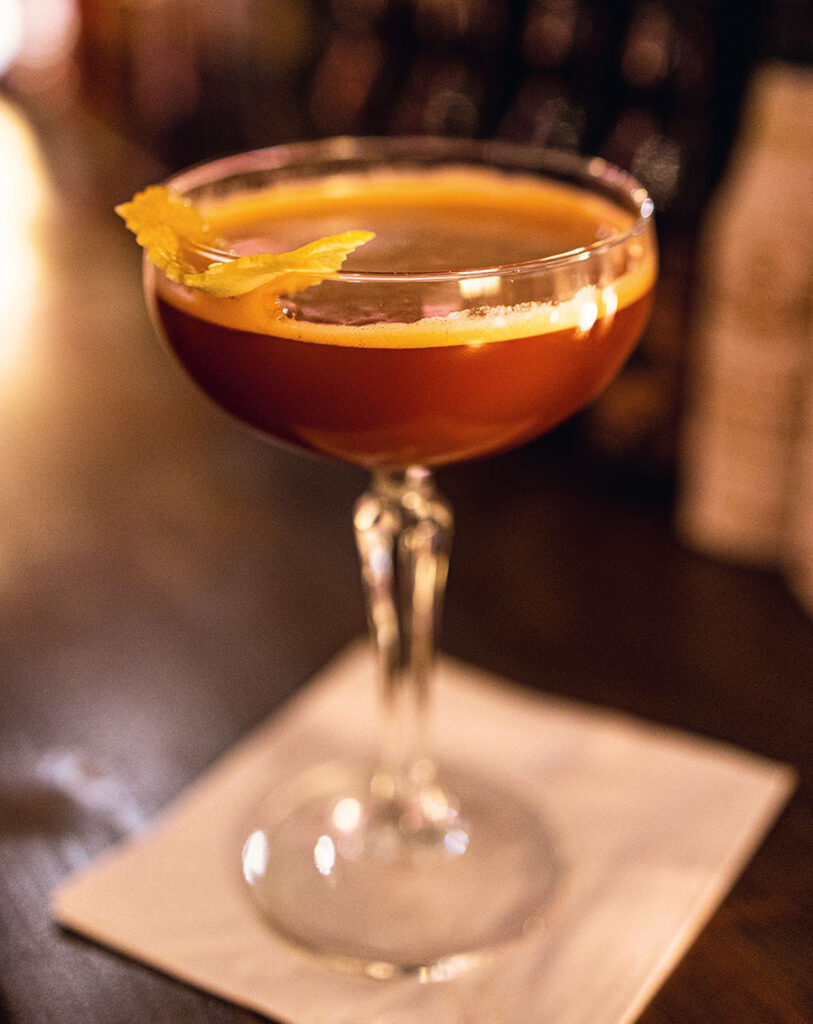
| 4 cl | Rye |
| 2 cl | Angostura Bitters |
| 3 cl | Lemon juice |
| 2 cl | Orgeat |
Preparation: Shake on ice and double strain into coupette.
Decoration: Orange zest

